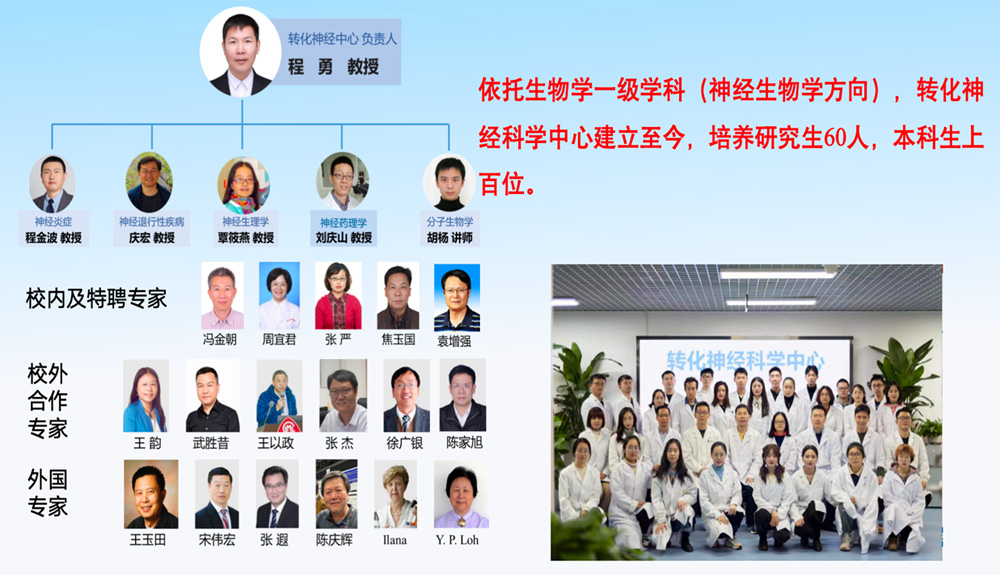Depression will become the world's largest burden disease in 2030
Globally, about 340 million people of all ages suffer from depression
2/3 of patients have suicidal thoughts, and more than half of patients have tried self-harm
Less than 7% of patients receive formal treatment and insist on taking medicine + psychological counseling
Around you and me, 1 in 10 people suffer from depression
It is a small vesicle with a size of 30 to 100 nm that is actively secreted outside the cell after the multivesicular body in the cell fuses with the plasma membrane.
It contains active substances such as lipids, proteins, miRNA, etc., which can exert biological functions by binding to target cell receptors or horizontally transferring the contents.
As a new type of intercellular communication, it participates in the formation of neuron-glial signaling network in the central nervous system.
Secretion of brain cells and stem cells plays an important regulatory role in the pathogenesis and damage repair mechanism of central nervous system diseases.
Nasal mucosa is "a window opened by God for the brain";
Nasal spray/nasal drops are safe and efficient routes of administration;
Treatment of cranial nerve diseases requires multiple administrations, and health maintenance needs are even greater;
Nasal delivery can be repeatedly administered multiple times, and has a fairly high delivery efficiency;
Avoids the first-pass effect of the liver and lungs.
Patients with refractory depression who have failed at least two antidepressant monotherapy or antipsychotic treatments.
Severe depressive episodes.
Hamilton Depression Rating Scale 21-item score greater than 18 points.
Patients with high scores on PHQ-9 (Depression Screening Questionnaire-9 items) reviewed by specialists.
Zhang, 14 years old, a junior high school student, suffered from moderate depression due to study pressure. The initial SDS scale score was 63 points, the HAMD scale score was 18 points, and the biomarker detection of his miRNA139 was significantly increased. After treatment with Akeshen Neuron, there was a significant improvement, the scale score dropped to normal, the miRNA expression level returned to normal, and he returned to school.
Liu, 38 years old, suffered from moderate depression due to work pressure. The initial SDS scale score was 65 points, the HAMD scale score was 17 points, and the biomarker detection of his miRNA139 was significantly increased. After treatment with Akeshen Neuron, there was a significant improvement, the scale score dropped to normal, and the miRNA expression level returned to normal. Life returned to normal
Lin, 6 years old, suffered from intellectual disability, motor disorder, cognitive impairment, poor language development, and poor self-care ability. After treatment with Akeshen Neuron, his living standard was significantly improved, his motor ability was restored, and his language level development was improved
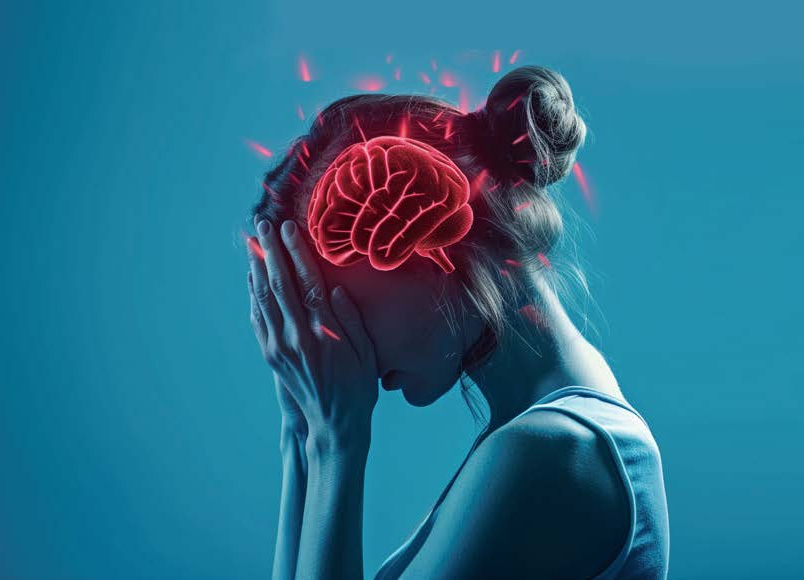
Project background
⸺Depression has a large population, wide impact, and high attention
Current situation of depression
According to data disclosed by the World Health Organization (WHO), more than 340 million people suffer from depression worldwide, and the number of patients has increased by about 18% in the past decade. According to estimates, the number of people suffering from depression in China has exceeded 95 million so far. Strengthening precision medicine for mental illnesses such as depression has been clearly included in the "Brain Plan" and the "Healthy China 2030" plan.
Aikeshen Neurons and Nervous System Diseases
Advantages among similar products
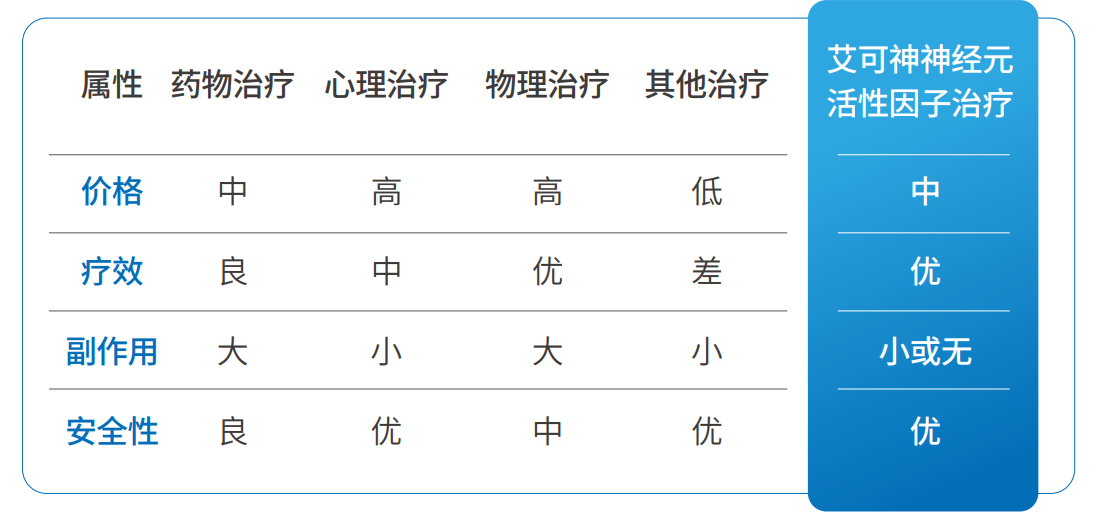
Characteristics and advantages of Aikeshen Neuron Nasal Spray in the treatment of depression
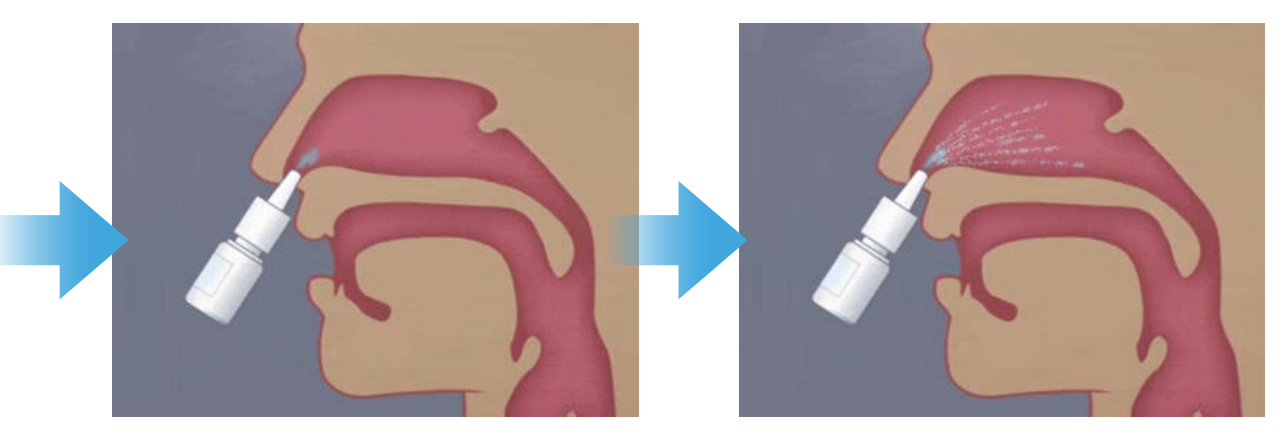
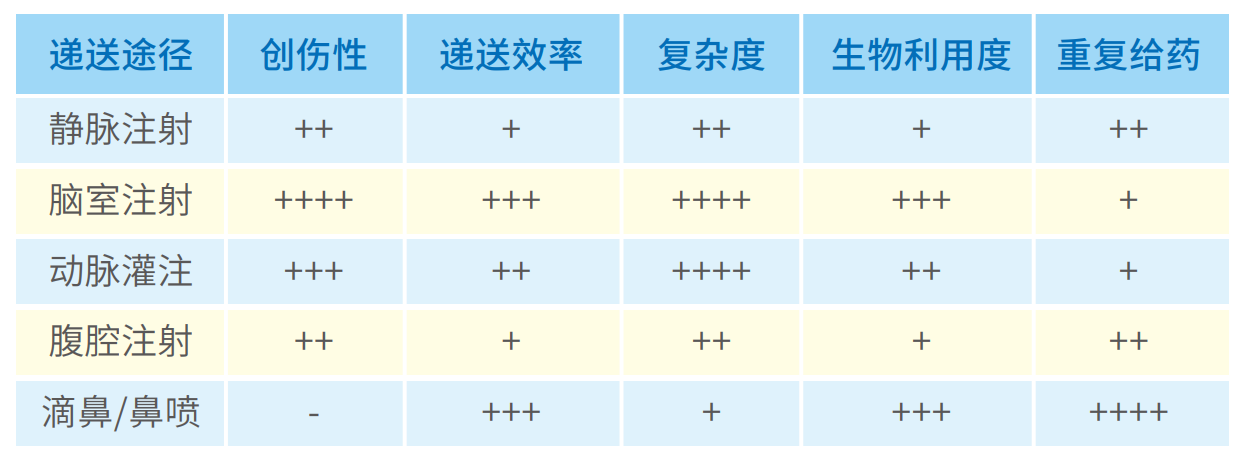
Indications
Patent for the application of cytokines in the treatment of schizophrenia
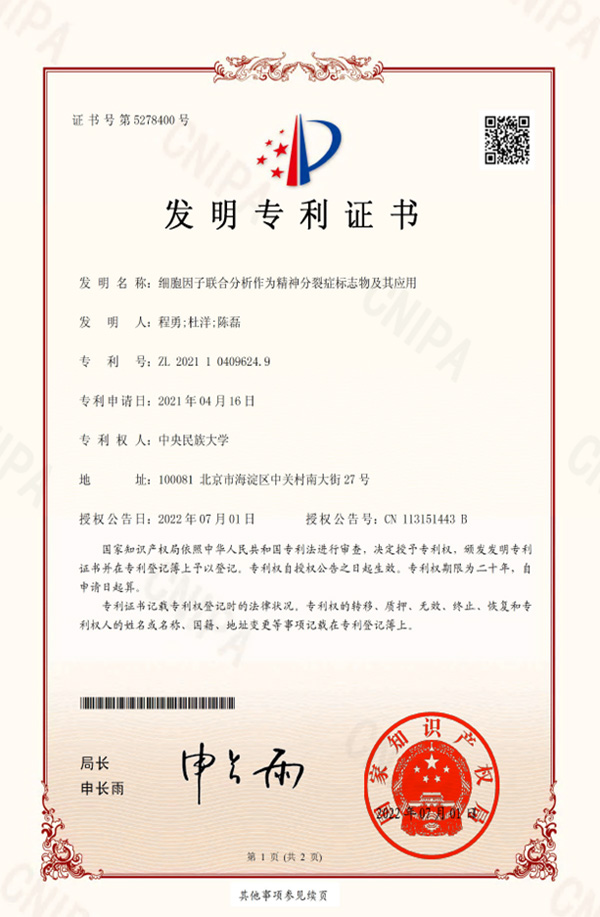
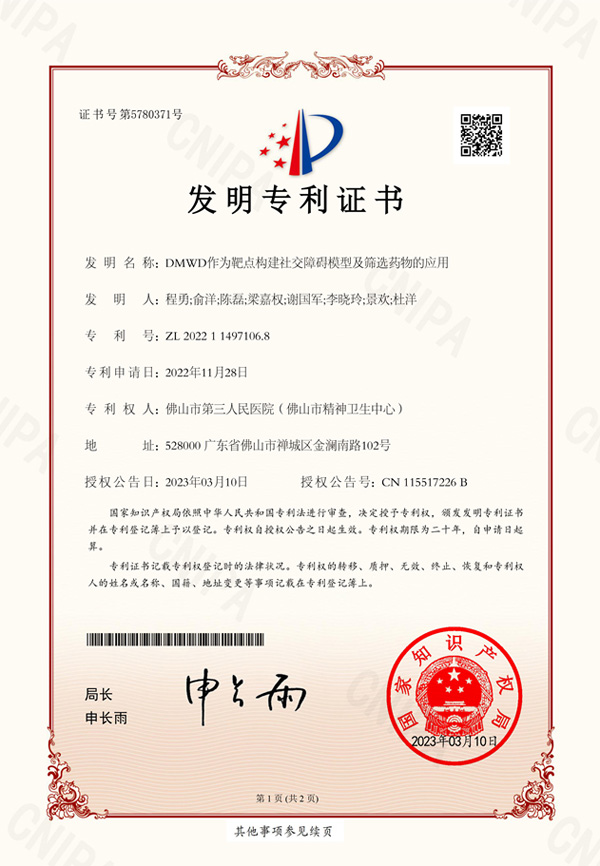
R&D experts
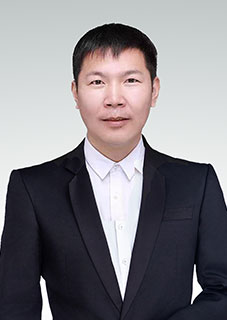
Professor Cheng Yong
Professor of the Neurotransformation Center of Minzu University of China; Member of the Beijing Municipal Committee of the Chinese People's Political Consultative Conference (2023); Leading Talent of the State Ethnic Affairs Commission (2019); Beijing Science and Technology Star (2018); Director of the Chinese Physiological Society; Associate Editor of Journal of Molecular Neuroscience; Review Expert of the National Natural Science Foundation of China; Review Expert of the Beijing Natural Science Foundation of China;
Professor Cheng Yong presided over the National Natural Science Foundation of China's general projects and youth projects, the Beijing Natural Science Foundation of China's general projects and sub-projects of the JWKJW key plan projects. The main research contents include: research on mental health and mental illness of different groups in public health emergencies; research on the pathogenesis and biomarkers of mental illness; the impact of regional and environmental factors on brain health of people in border ethnic areas. The research results won the second prize of the Tibet Autonomous Region Science and Technology Award. In recent years, the research results have been published as independent corresponding authors in international authoritative journals such as Molecular Psychiatry, JAMA Neurology, JAMA Pediatrics, Schizophrenia Bulletin, Neuropsychopharmacology and J Epidemiol Community Health. The total impact factor of the SCI papers published has exceeded 400 points, and the total number of citations has exceeded 2,100 times.
R&D Team
